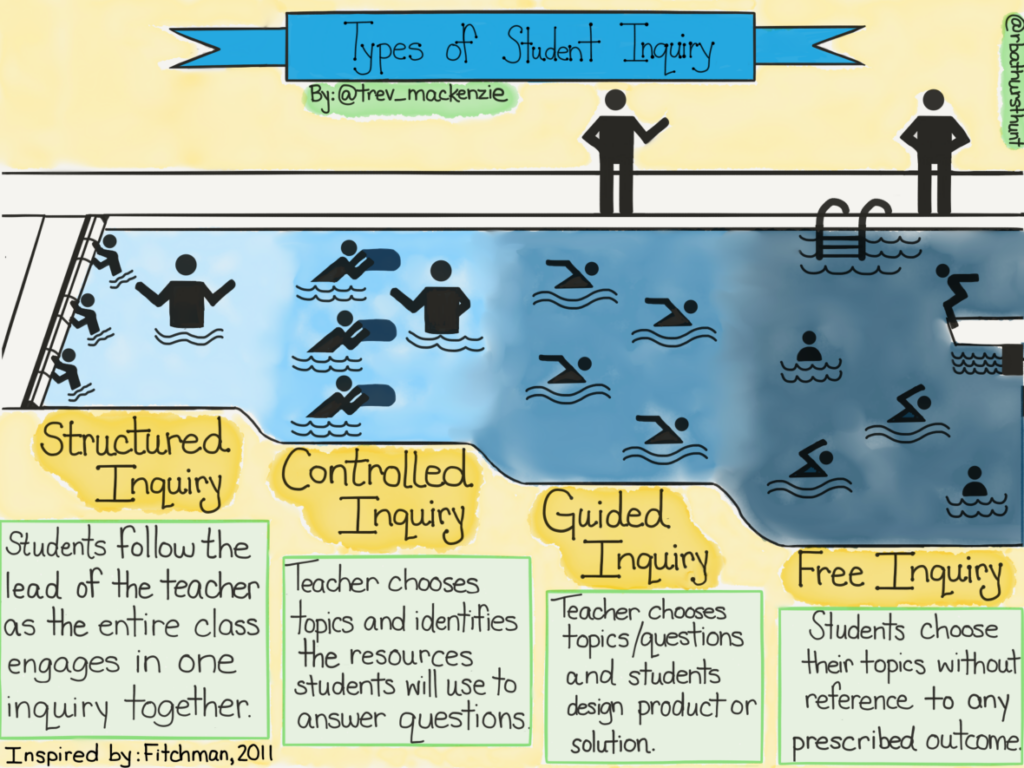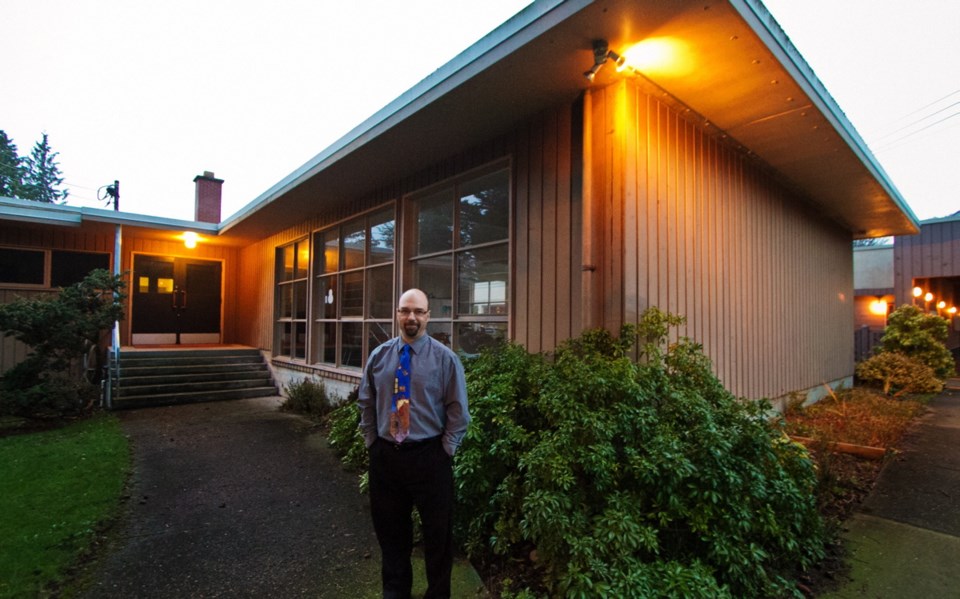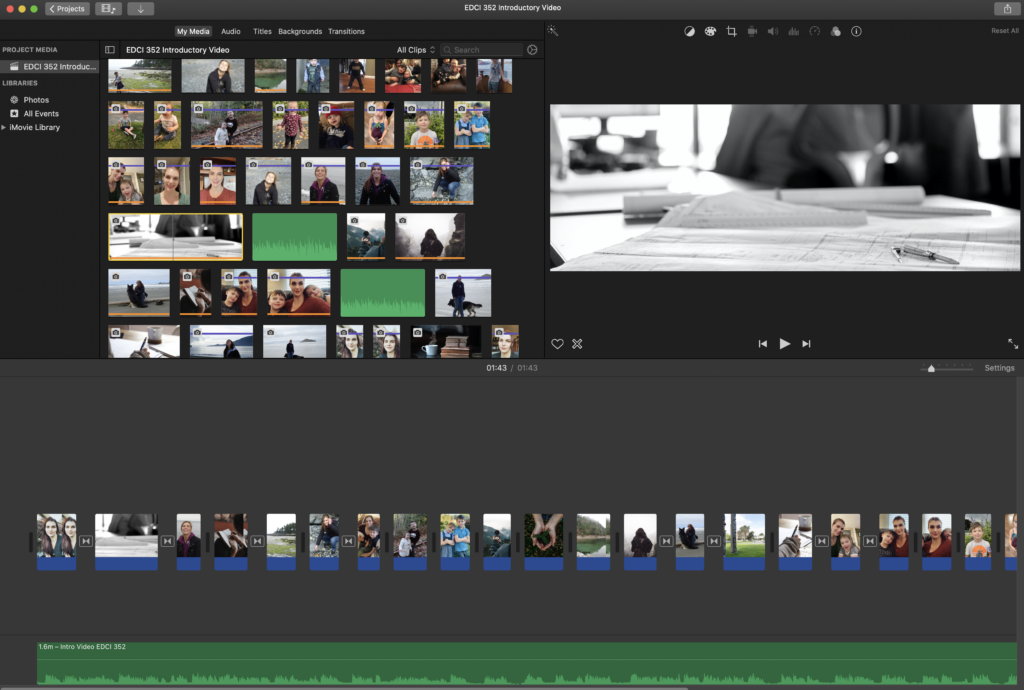
Tracy Humphreys, founder and chair of the BCEd Access Society – a parent-run volunteer group that supports children and youth who have disabilities and who are complex learners – talked with us about the challenges students with diverse abilities face in the public school system. One main battle is communicating with the schools about needs for children with invisible disabilities, such as autism and ADHD. There is a lack of education assistants, alternative programming, such as an online-based school, and communication from schools about supports in the classroom. I worked alongside an education assistant for a short time. They are absolutely crucial in a school, and it is unfortunate there aren’t more EAs in the classroom. Hearing Humphreys’s challenges and concerns for students with diverse abilities has made me more aware of the situation. As a student teacher, this will be a guest speaker I will not forget. I hope to familiarize myself with all the learning supports offered in any school I work at, communicate with parents on those supports, and inform my future colleagues about the struggles these families and students face in the classroom.





